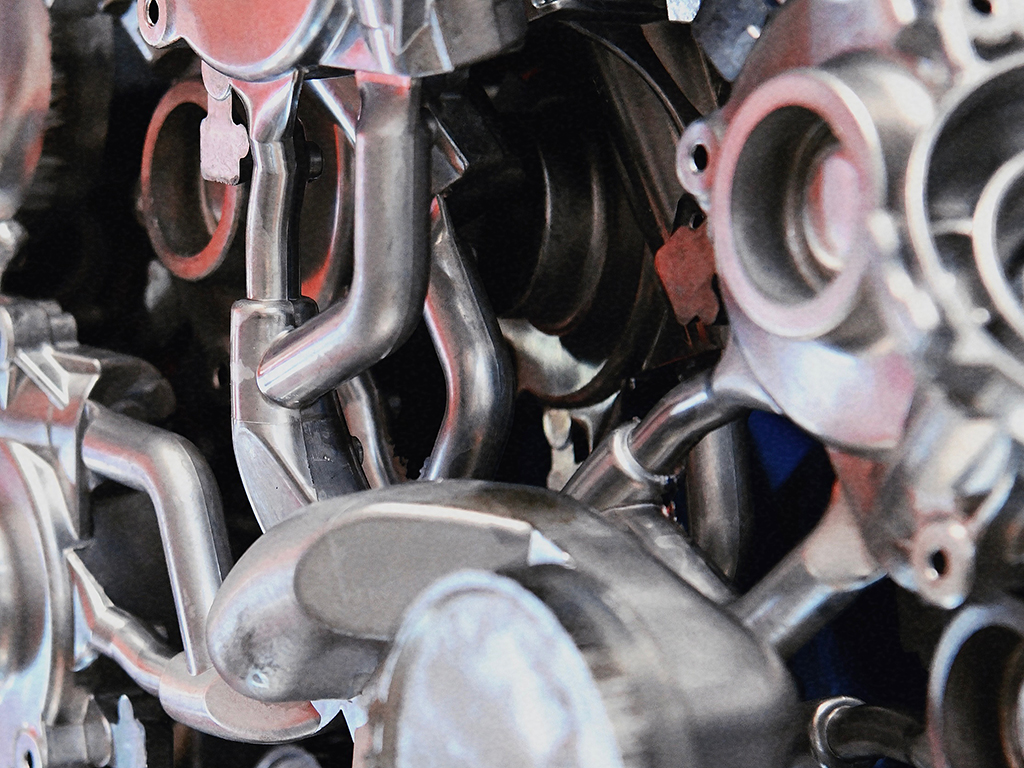The die casting process, a crucial component in the manufacturing industry, has seen remarkable technological advancements in recent years. These advancements have significantly enhanced the efficiency and quality of the die casting process, paving the way for more sustainable and cost-effective production methods.
The die casting process involves the use of high pressure to force molten metal into a mold, creating precise and complex metal parts. It is a widely used manufacturing technique in various industries, including automotive, electronics, and construction. However, traditional die casting methods have often been associated with limitations in terms of efficiency and quality control.
Fortunately, technological advancements have addressed these challenges, leading to more advanced die casting processes. Modern die casting machines are equipped with advanced control systems that allow for precise monitoring and control of the die casting process. These systems enable operators to regulate parameters such as pressure, temperature, and mold filling, ensuring optimal conditions for high-quality production.
One of the key technological advancements in die casting has been the development of high-pressure die casting machines. These machines can achieve higher casting pressures, resulting in better fillings and increased dimensional accuracy of the final product. This not only improves quality but also reduces the need for post-production machining, saving time and costs.
The use of advanced materials has also played a significant role in enhancing the efficiency and quality of die casting processes. New alloys and coatings for molds have improved wear resistance and heat dissipation, leading to longer mold lifespans and more consistent part quality. Additionally, the use of high-strength alloys has enabled die casting manufacturers to produce complex and lightweight parts that meet stringent engineering requirements.
Another technological advancement that has revolutionized the die casting industry is automation and robotics. Automation has greatly improved production efficiency by reducing manual labor and increasing precision. Robots can perform repetitive tasks more consistently and accurately than humans, reducing defects and ensuring reproducible results. Furthermore, robots can work continuously without breaks, enabling faster production rates and uninterrupted manufacturing processes.
The integration of sensors and monitoring systems into die casting machines has also been instrumental in enhancing efficiency and quality. Sensors measure critical parameters during the die casting process, providing real-time data that can be used for process control and optimization. This information allows manufacturers to identify potential issues early on and take corrective measures to ensure consistent production quality.
Technological advancements have also led to the development of numerical simulation software for die casting processes. This software allows manufacturers to predict and optimize the behavior of molten metal during the casting process. By simulating various process parameters, such as flow velocity and temperature distribution, manufacturers can identify potential problems before they occur in actual production. This predictive analysis enables them to make informed decisions about mold design, process settings, and material selection, ultimately leading to higher-quality parts.
In conclusion, technological advancements in die casting processes have significantly enhanced efficiency and quality in manufacturing. From high-pressure machines to advanced materials, automation, sensors, and simulation software, these advancements have opened new opportunities for manufacturers to produce high-quality parts efficiently. As technology continues to evolve, it is likely that we will see even more innovations in die casting processes in the future.

